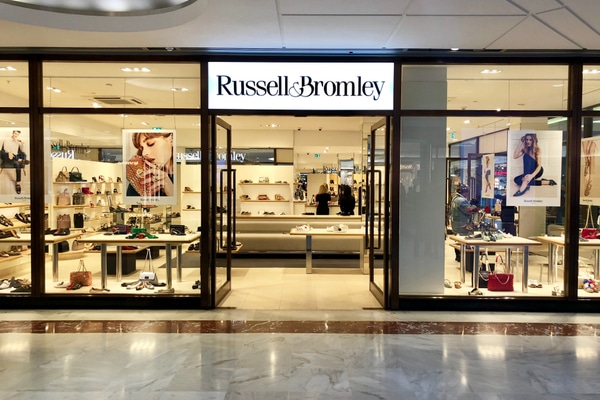Global beauty sales, already a nearly $400bn market, is on the verge of explosive growth from emerging markets, but will see an industry influx as consolidation and technology disrupt channels of distribution, says Fung Business Intelligence Centre’s just-released Global Beauty Report.
“As developing and nascent regions increase their average per capita spend, the global market could see a potential 50% growth in the next 10 years,” notes Executive Director-Head of Global Retail and Technology Deborah Weinswig. “Expect major consolidation and channel switching in less mature markets.”
The key measurement is spending per capita in the three different types of markets: mature markets of North America and Western Europe, where spending is high; developing markets where growth has already started; and Emerging markets such as Africa and much of the Asia-Pacific region.
Spending in the sector rose by 3.6% globally in 2014, driven primarily by growth in the Asia-Pacific, Latin America, and Middle East and Africa regions.
“In mature markets, the pressure is on established brands and retailers to build deeper connections with shoppers to strengthen perceptions of value and cultivate loyalty,” the report says. “Social media and a more informative and interactive web experience can be invaluable, as can loyalty programs and an improved in-store experience.
Beauty tech provides the personalised experience that most women desire when purchasing cosmetics and other beauty products – and that even a beauty advisor in a store may not always deliver,” Weinswig notes.
The utilisation of apps such as those that can detect skin tones and recommend appropriate makeup shades or recommend cosmetics based on uploaded photos, as well as the maximizing of available marketing technology will all contribute to building beauty brands’ relationships with customers.
“Modern store formats and strong own-brand lines will be among the principal weapons in the battle to win share in immature markets. Small mom-and-pop retailers will struggle to compete on these elements,” Weinswig writes. “But we think retailers should consider going further, leveraging e-commerce, technology and the in-store experience to win customer loyalty and build market share. Implementing innovative in-store technology will not only help build a competitive advantage, it will help retailers gain first-mover status among smartphone shoppers in Latin America and Asia-Pacific.”









